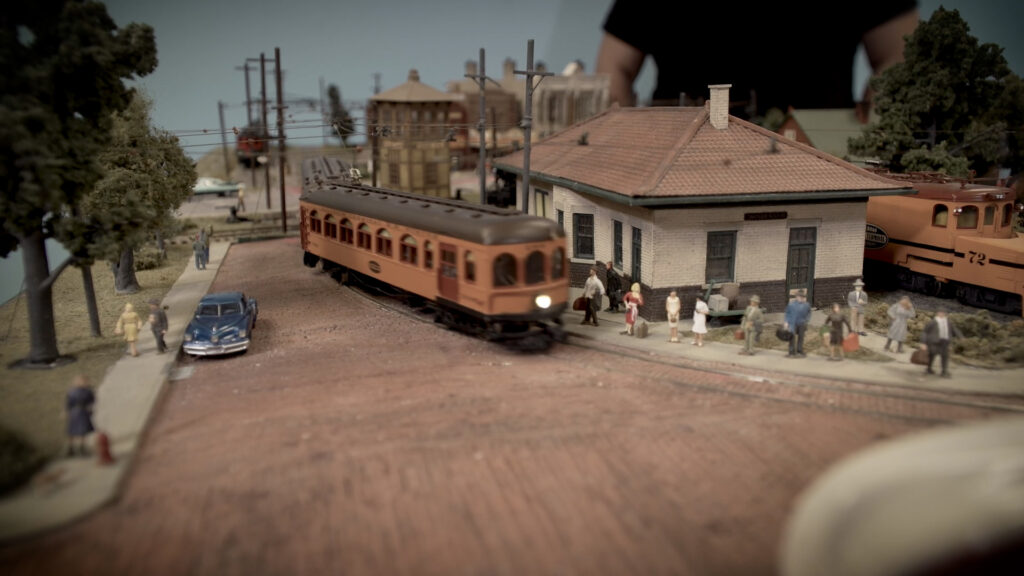
Watch electric traction streetcars running on the Northwestern Traction Group’s HO scale (1:87) modules, a layout that Model Railroader magazine staff members enjoyed on display during Trainfest 2022. […]
Read More…
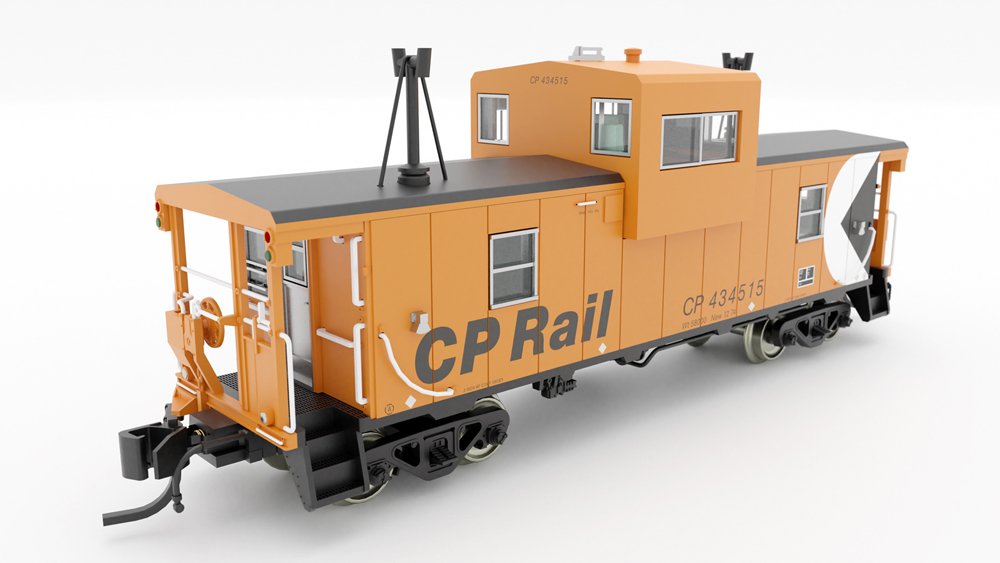
News & Products for the week of May 15th 2023 Model railroad operators and builders can get the latest information about locomotives, freight cars, passenger cars, tools, track, and more by reading Model Railroader’s frequent product updates. The following are the products Model Railroader editors have news on for the week of May 15th 2023. […]
Read More…
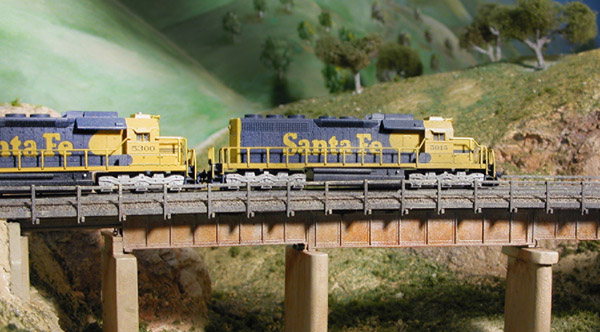
Character, not caricature, in N scale: A few years ago I rode the Durango & Silverton Narrow Gauge RR. It was, in a few words, spectacular, beautiful, gorgeous, awesome, and any other superlative you can think of. The steam locomotives and most of the equipment are the real thing and served the line when it […]
Read More…
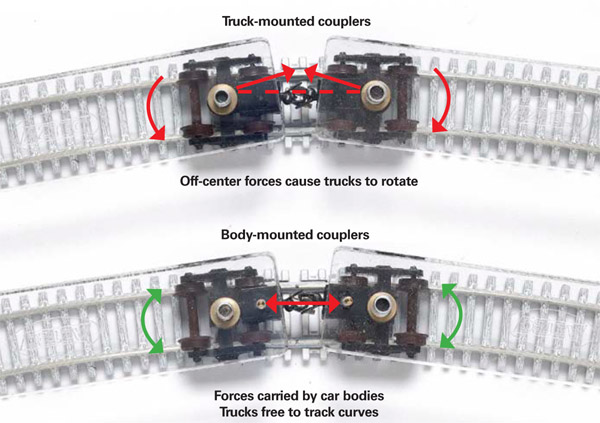
The case for body-mounted couplers: For 40 or so years N scalers have been debating – sometimes rather fiercely – the merits of body-mounted couplers versus the truck-mounted type that come on most rolling stock. My position is simple. I think that for 90 percent of N scalers, converting to body-mounts wouldn’t be worth the […]
Read More…
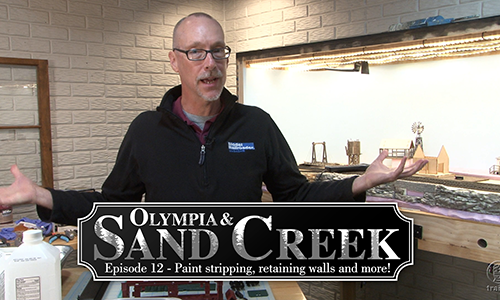
Our host proves that you don’t have to focus on just one thing for great lengths to find the fun in this hobby! This time out, he’s got a paint stripping project to tackle, retaining walls to install, and a tunnel to daylight a tad more. And if that’s not enough, David even discovers a […]
Read More…
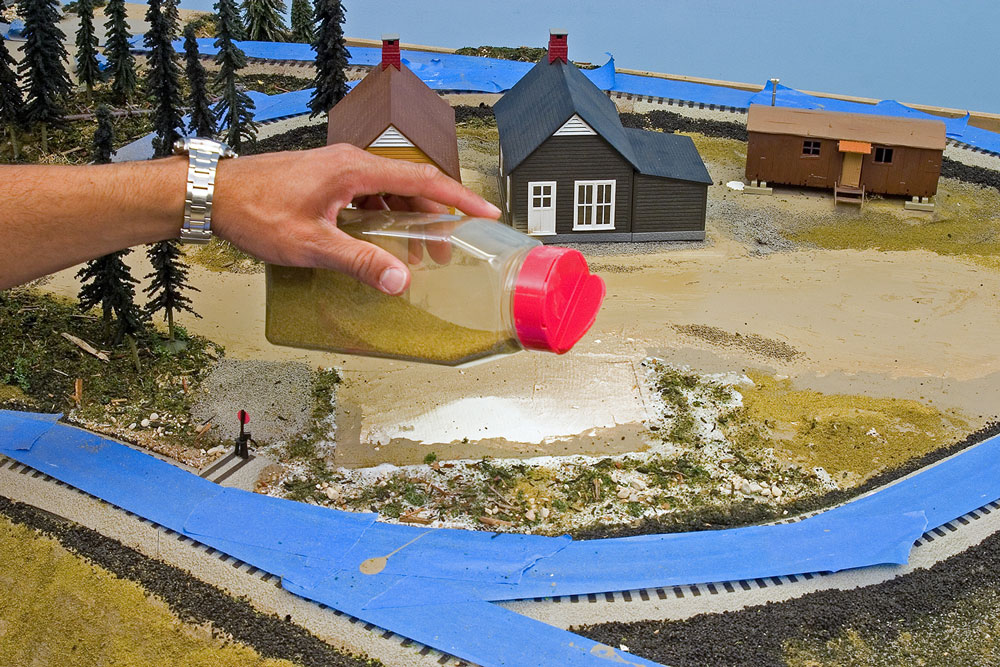
Adding scenery to your layout can take it from a basic track setup to a realistic and immersive world. It’s an exciting and creative part of model railroading that allows you to design and construct a unique landscape for your trains to travel through. However, it can be overwhelming to know where to start which […]
Read More…
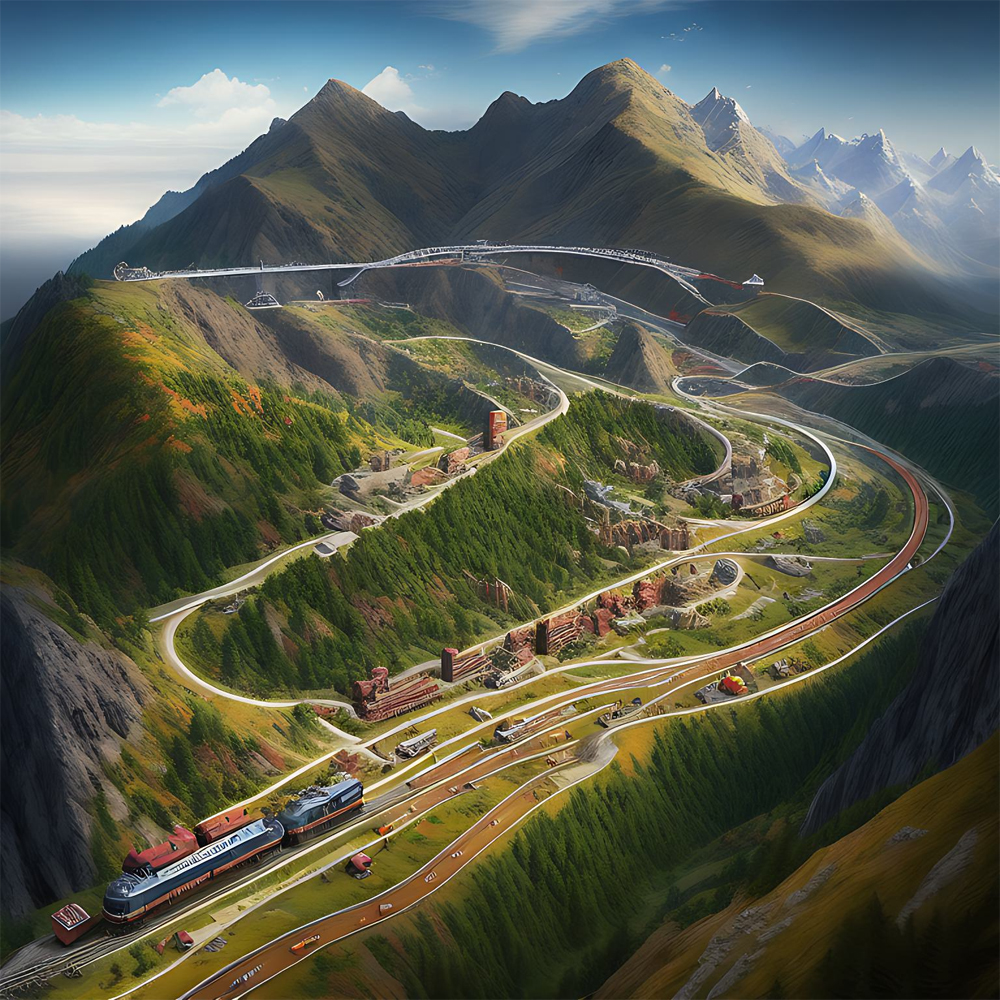
One of the hottest topics of the moment is the conversation around artificial intelligence (AI.) If you’ve been paying attention to this conversation, you likely know that Artificial Intelligence programs have made enormous strides forward in just the past few years. These advances have caused disruption and innovation in equal measure in many fields. These […]
Read More…
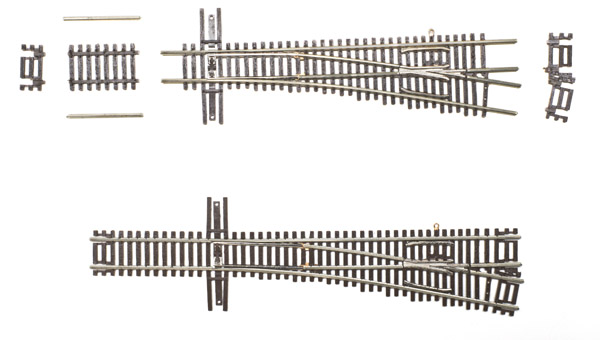
Tricks with N scale track: You bought ’em, you can modify ’em Some four decades ago I was looking at a John Allen photo taken on his fabulous HO scale Gorre & Daphetid. The subject was rail activity at his city of Port, and I was especially struck by how compact his trackwork was. In […]
Read More…
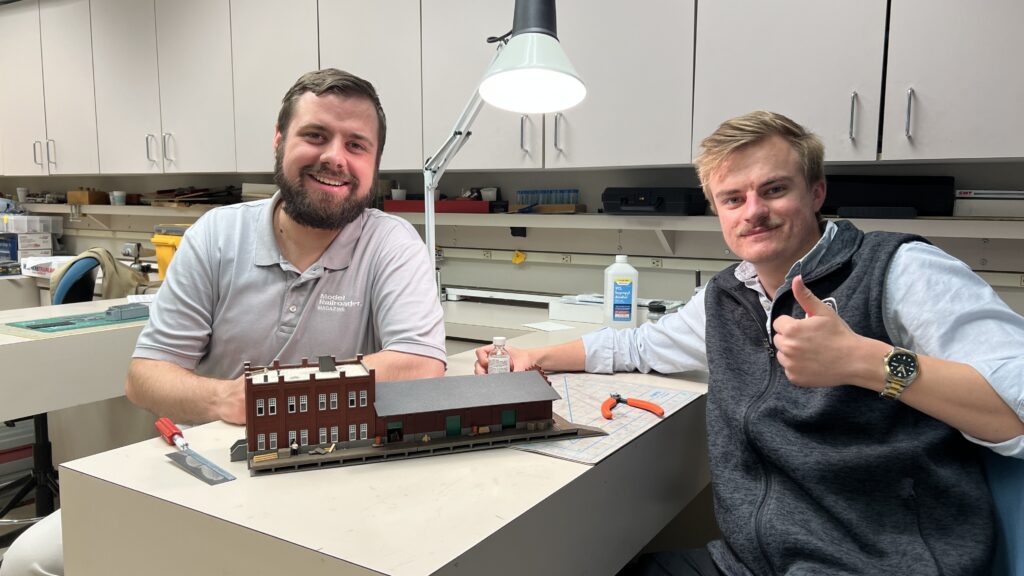
Midday Modeler – May 10th. 2023. On this week’s episode of Midday Modeler, David taps Brian and Cody to help answer a few model railroading questions sent in from viewers. Bryson, Mitch, and David give updates on their project layout structures. Have any questions from this week’s episode or previous episodes? Post them down below […]
Read More…
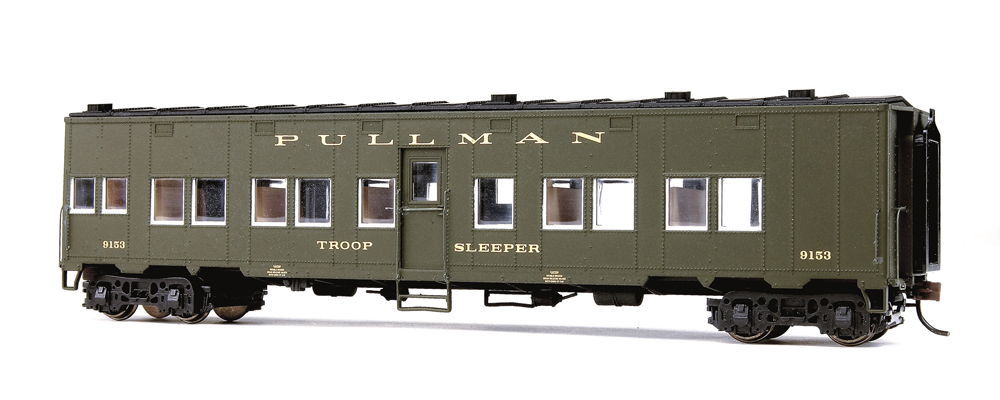
Q: A fellow club member and I just started running the Walthers troop cars on the club layout. We are having problems with the troop sleeper cars derailing on the 36″ curves. Can you suggest a solution to this problem? – Alan Cox A: If those are the only cars having derailing problems on those […]
Read More…
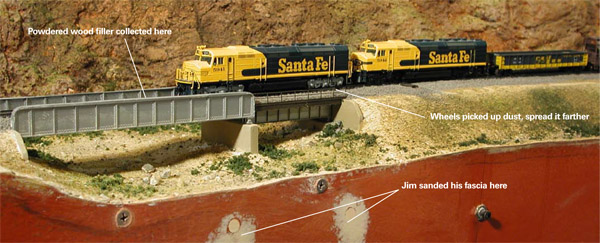
Keep N scale track clean: Last summer I finished an extensive scenery project on my N scale layout, cleaned up, went carefully over the track with a Bright Boy rail-cleaning block, did a few more small layout chores, and at last was ready to run a train. For me there’s nothing in this hobby as […]
Read More…
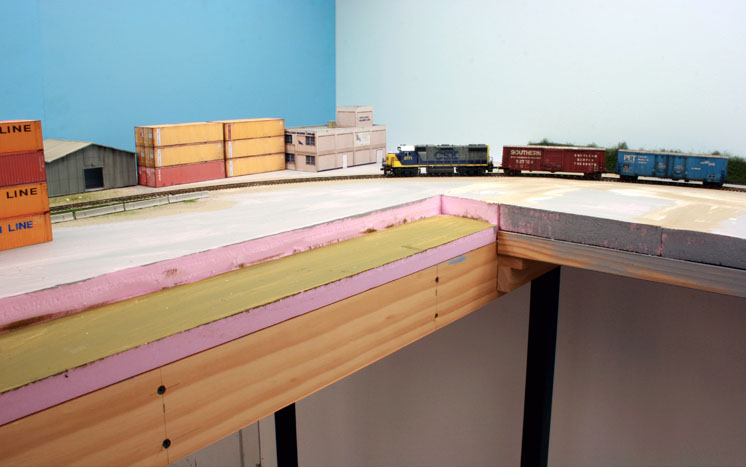
Building a model railroad can be a fun and rewarding hobby. It can also be messy and time-consuming, especially when it comes to a wood-built surface for the layout. One has to ask, “Does my model railroad’s layout surface need to be wood-built, or are there other methods that don’t make such a mess?” Foam […]
Read More…












